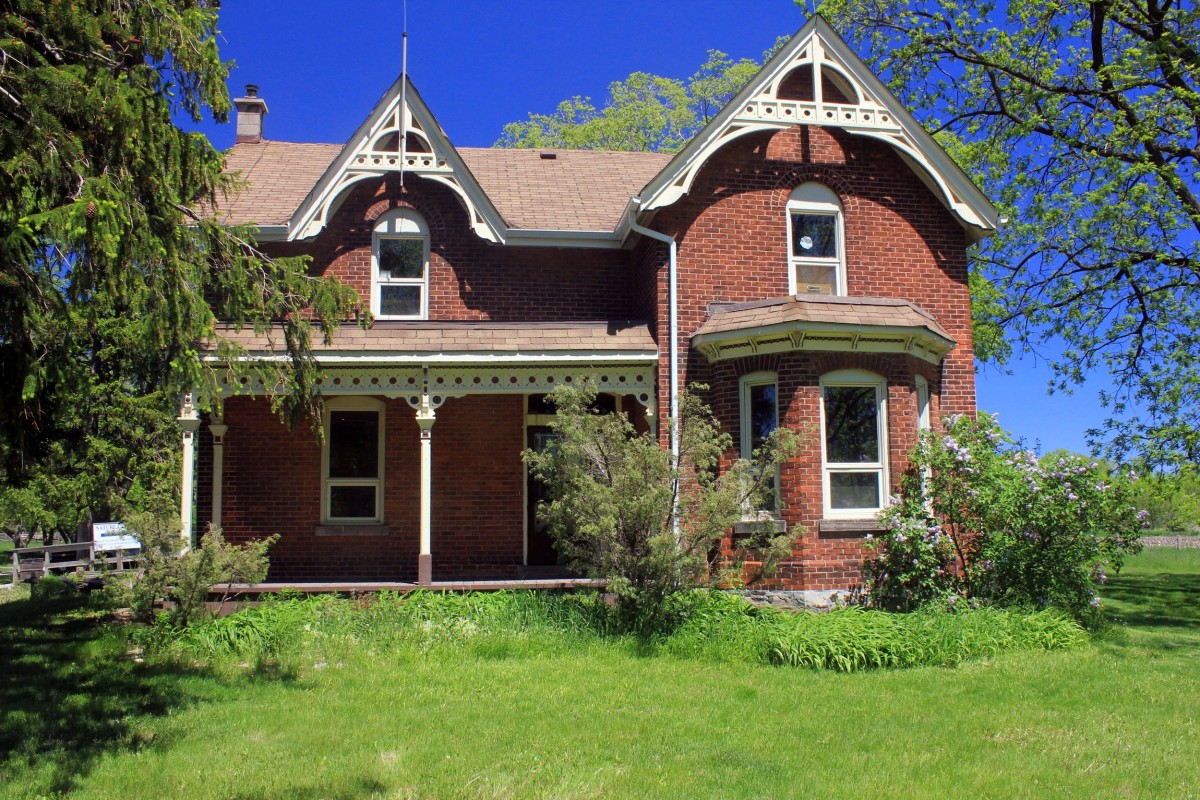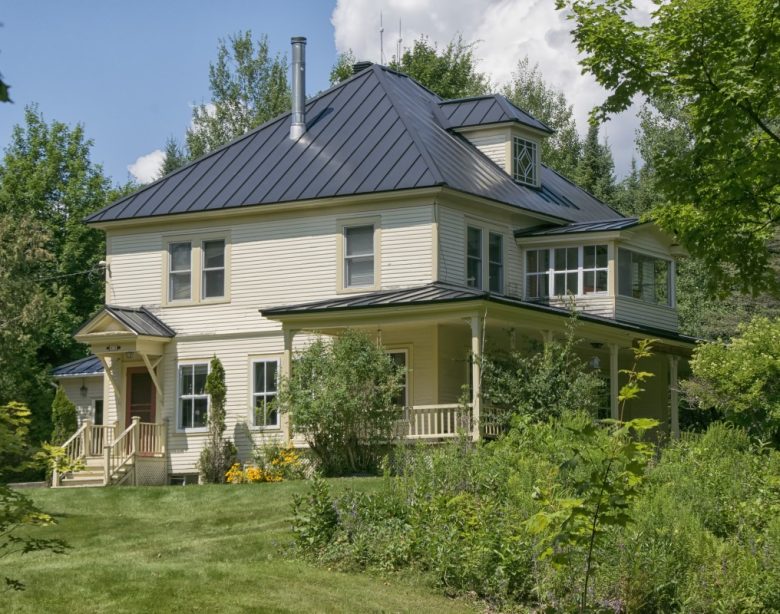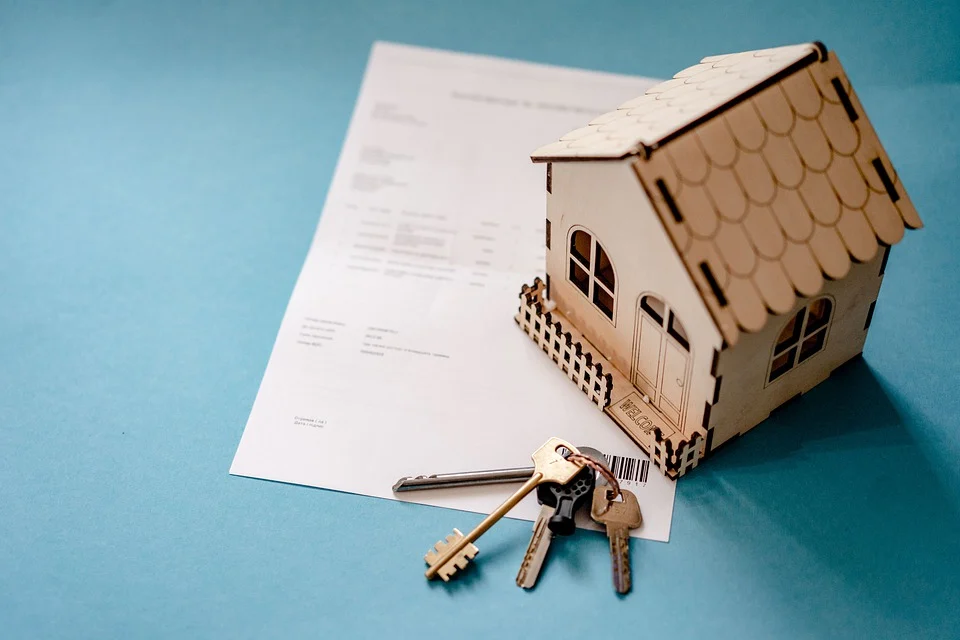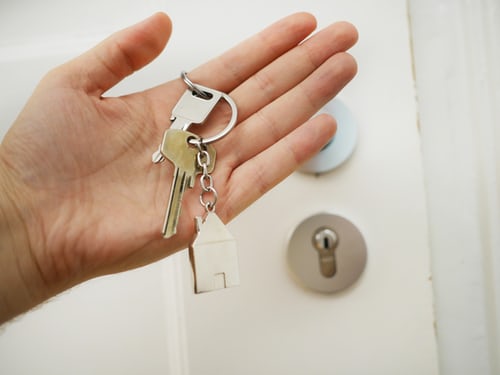How to Buy a House or Apartment in Canada
Despite rising home prices, real estate remains an important investment for many Canadians, and many investors are still looking to become homeowners. Historically low-interest rates since the beginning of the COVID-19 pandemic have provided the perfect opportunity for thousands of people to buy their first home. So has the likelihood of a rate hike in the second quarter of 2022, which has prompted many to lock in rates, get pre-approved, and close on a home purchase as soon as possible.
But how do you buy a home in Canada? Here’s a step-by-step guide on how to buy a house or apartment in Canada.
Step 1: Save for a down payment
The first step in buying a home is to save for a down payment. In Canada, you are required to put down at least 5% of the home’s purchase price as a down payment. For a home valued between $50,000 and $1 million, you must put down 5% of the first $500,000 and 10% of the remaining price. For homes valued at $1 million or more, the minimum down payment is 20%.
You may have already saved a down payment, but if not, you can get one by saving your money each month – although this can take years. You can also use the Home Buyers’ Plan to withdraw up to $35,000 from your RRSP, tax-free, or you can consider other sources, such as a gift from a family member.
It is generally best to save as much as possible for your down payment, as a larger down payment offers the following benefits:
Lower mortgage insurance premiums;
Purchase of a home with more equity;
Lower monthly mortgage payment;
Less interest paid over time.
Step 2: Get organized
While saving for your down payment, take the time to organize your finances and paperwork. You may have months to conscientiously save for your down payment, giving you time to pay off your debts and prepare your paperwork.
Pay off debt: If you have credit debt, student loans, car loans, or a line of credit with a balance, now is the perfect time to pay it off. Reducing your debt level has a positive impact on your credit score. It will also positively impact your debt service ratios, which are formulas used by your lender to determine how much you can be lent. The less debt you have, the easier it is to borrow for your mortgage.
Prepare your paperwork: applying for a mortgage requires a lot of paperwork, and this is the best time to prepare it. That way, when you apply for a mortgage, you’ll have everything you need. Preparing your documents is especially helpful if you find your dream home and need to get through the loan approval process quickly. Here’s the list of all the documents you’ll need:
Information about your current employment, such as a pay stub or letter from your employer;
Other sources of income, such as investments or business income;
Savings and investment statements for the past 90 days;
If you plan to use the Home Buyers’ Plan, you will need to provide proof of RRSP withdrawal;
If you are using a financial gift from a family member, you will need a letter stating that the gift is not a loan;
A canceled cheque;
An inventory of all other debts and assets, such as cars and car loans.
Step 3: Check for repayments and grants

Buying a home is expensive, so make sure you don’t make the process more costly than it needs to be. Take the time to see if any rebates or grants are available.
Step 4: Shop around for a good rate
You wouldn’t buy car insurance without looking for the best price, so why should your mortgage be any different? Fortunately, finding the best mortgage rate is easy if you decide to use a mortgage broker. The broker will ask you to fill out one application, which they will submit to several lenders to get you the best deal and the lowest rate. Finding the lowest mortgage rate could save you thousands or even tens of thousands in interest over the life of your loan.
Step 5: Get pre-approved for a mortgage
If you’ve saved your down payment, organized your paperwork, and found a mortgage broker, it’s time to get pre-approved for a mortgage. A mortgage pre-approval is free and does not commit you to any particular lender, but it does provide you with the following information to help you in your home search:
The amount you can afford to spend on a home;
The maximum amount of your monthly mortgage payment.
Step 6: Find a home
Finally, the fun part is house hunting! With your mortgage pre-approval, your maximum purchase price in mind, and a substantial down payment, you are ready to contact a real estate agent and begin your home search. Here, it is recommended that you:
Find a real estate agent who specializes in the type of home or neighborhood you prefer (family recommendations are a great place to start);
Avoid representing yourself when buying your first home. It’s better to use an experienced agent;
Make a list of your future home’s “must-have” and “desirable” features. It is important to know where you will be able to be flexible;
research the market in your ideal neighborhood to ensure that home prices and your maximum purchase price are in line;
Be prepared to move quickly in a competitive market.
Step 7: Make an offer and close the deal
Once you find the home you want, things will move quickly, but don’t panic! First, you need to make an offer to purchase. If your real estate market is hot (which is true for most of Canada), you may not be the only buyer making an offer. After that, you’ll need to make a down payment to the buyer, finalize your mortgage financing through your mortgage broker, and arrange a home inspection.
This process can take anywhere from 30 to 60 days, depending on the terms of the Offer to Purchase.
Once everything is ready, you will receive your real estate agent’s keys and officially own your new home.



[…] How to Buy a House or Apartment in Canada; […]